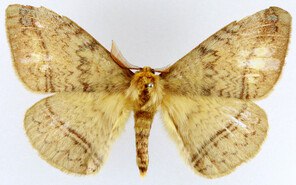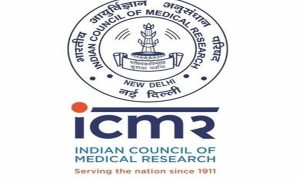Moths, often compared with butterflies, are vital for pollination in the Himalayan ecosystem of Northeast India. A study, conducted under the aegis of the Ministry of Environment, Forest and Climate Change, established 91 species of moths as potential pollinators of 21 plant families in Sikkim and Arunachal Pradesh.
About Moths
Moths and butterflies are insects that together form the order called Lepidoptera, meaning ‘scaly-winged’. These vary greatly in size, ranging in wingspan from about 4 mm to nearly 30 cm.
Their wings, bodies, and legs are covered with dust-like scales that come off if the insect is handled. Moths have stouter bodies and duller coloring. These also have distinctive feathery or thick antennae.
When at rest, moths either fold their wings tentlike over the body, wrap them around the body, or hold them extended at their sides, whereas butterflies hold their wings vertically.
Moths form roughly 85% of all known Lepidoptera, with over 12,000 known species of moths from the Indian subcontinent (Chandra 2007). The Indian moths are negligibly studied for their role in pollination. Their population faces the threat of habitat loss, rapid urbanization, artificial lights, pesticide pollution, and more. Having ecological and economical significance, moths are a primary food source for vertebrate insectivores, as pests of crop plants (Common 1990), pollinators (MacGregor et al. 2015), food for humans (Zagrobelny et al. 2009), and model organisms in scientific research (Roe and Just 2009).
About the study
The details of the study have been published in a paper titled ‘Settling moths are the vital component of pollination in Himalayan ecosystem of North‑East India, pollen transfer network approach revealed’ in Scientific Reports, a publication from the Nature group of journals.
The study is based on one of the largest data sets (140 pollen transporter moth species (PTMS)), with interpretation based on seasonal as well as attitudinal data.
According to the study, about 65% moths (91 species) carried sufficient quantities of pollen grains to be considered as potential pollinators (PPMS). Teliphasa sp. (Crambidae) and Cuculia sp. (Noctuidae) were found to carry the highest quantity of pollen.
The researchers found pollen grains of 21 plant families and the abundant pollen are from Betulaceae, Fabaceae, Rosaceae, and Ericaceae.
Significance of the study:
– The study identified 140 moth species in 18 subfamilies and 6 families of settling moths carrying pollen grains on their proboscis and termed them as ‘pollen transporter moth species’ (PTMS).
– There has been much less work done from regions with higher levels of human disturbance or metropolitan cities in India. Hence, this study is important in this regard.




























 WhatsApp us
WhatsApp us
Pingback: โรงแรมสุนัขเข้าได้
Pingback: รับทำ SEO สายขาว